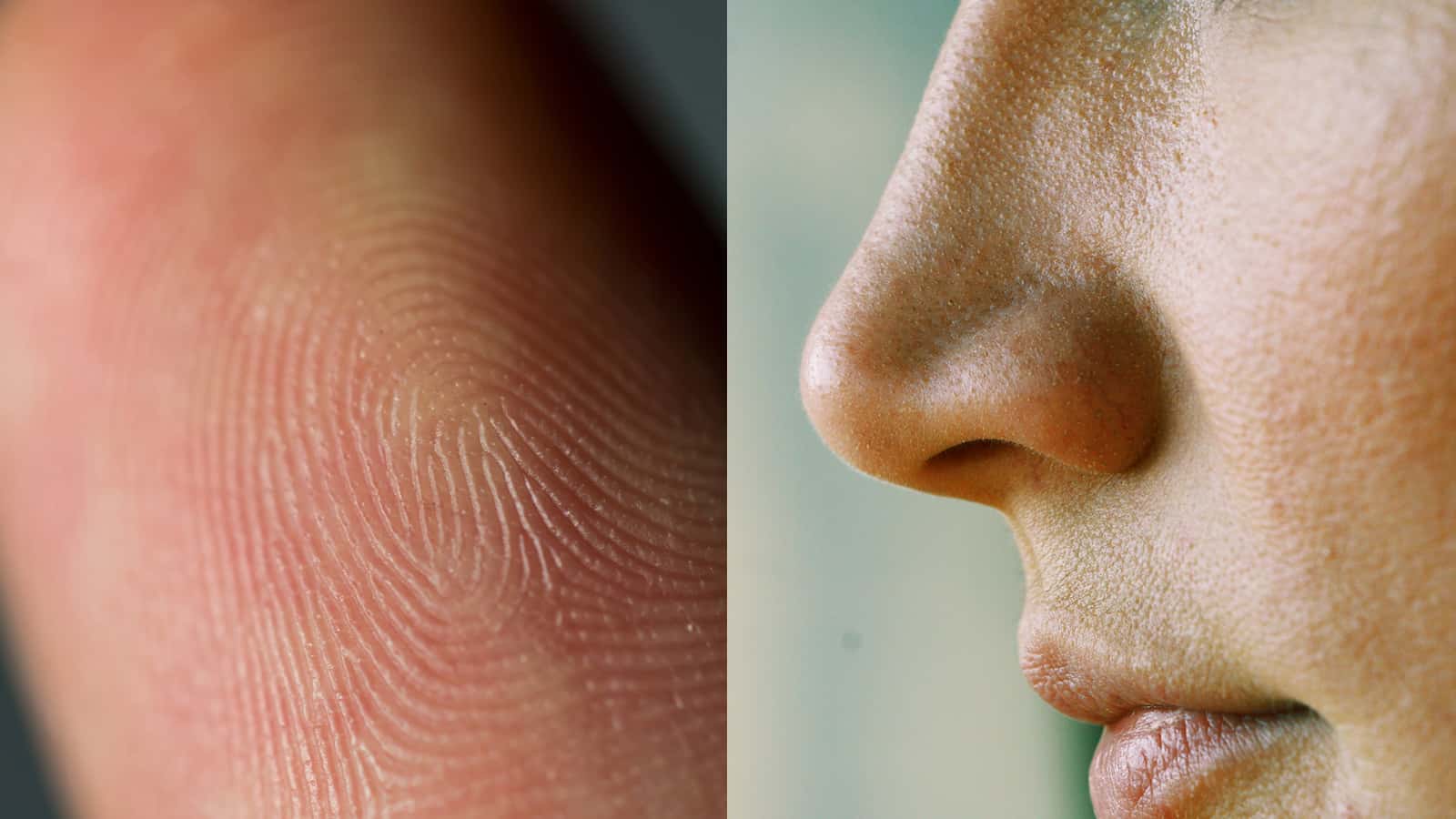Researchers from Southern Methodist University (SMU) have discovered that the same gene links the sense of touch and smell. After analyzing a tiny, translucent worm that shares many traits with the human nervous system, the team determined this.
“This gene has previously been identified as a potential therapeutic target for chronic pain. Now that we know the gene is also involved in olfaction, it might present an opportunity for treating or understanding olfactory defects, such as the mysterious loss of smell that many COVID-19 patients have reported,” said SMU’s Adam D. Norris, co-author of the study published in the journal Nucleic Acids Research.
Norris is the Floyd B. James Assistant Professor in the Department of Biological Sciences at SMU. He collaborated with SMU graduate students Xiaoyu Liang and Canyon Calovich-Benne, the lead authors of the study.
What Is the Sense of Touch?
Our sense of touch allows us to draw information about our internal and external environments. Scientists consider it the most important sense because it’s crucial to our survival. However, Norris says we still don’t understand very much about it.
Scientists have discovered that it generates a signal in our nervous system via touch receptors in the skin upon touching something. These signals then travel along sensory nerves in the spinal cord and eventually make their way to the thalamus. Finally, it relays the sensory information to other parts of the brain.
This process, known as mechanosensation, allows the brain to perceive various characteristics of touch. For example, it can tell us if the object we touched was sharp or smooth, cold or hot, etc.
However, due to the complexity of the nervous system, scientists still don’t fully understand the mechanics occurring during this electrical response. By studying the nervous system of the worm Caenorhabditis elegans, they’ve uncovered more about the genetic factor linking the sense of touch and smell.
The Same Genetic Factor May Dictate The Sense of Touch and Smell
The tiny worm can tell us more about our senses than we think. Scientists often study the nervous system of this worm due to its simplicity. The Caenorhabditis elegans contains 302 nerve cells in its nervous system, compared with billions of nerve cells in our brains. However, many of the same genes that produce neurons in the worm have similar functions in humans.
So, for the study, the SMU researchers began with existing knowledge. They knew that a gene called mec-2 helps trigger touch neurons in C. elegans. However, the SMU team found that this gene does more than activating the sense of touch.
“In addition to turning genes on and off, another way to control a neuron’s function is to generate different (but functionally similar) versions of a single gene called isoforms. We looked for different neurons that contain different isoforms of important genes,” Norris said. “This led us to the fundamental discovery outlined in this paper, which is those different isoforms of a single gene (mec-2) work to enable both mechanosensation and olfaction.”
In particular, they found that the mec-2 isoform which governs mechanosensation requires the mec-8 gene to become activated, Norris said. Neurons can express multiple genes inside of them. Neurons that express the mec-8 gene produce the sense of smell isoform of mec-2 instead.
“Mec-8 makes sure that mec-2 is made in the mechanosensory isoform,” he said.
Without mec-8, mec-2 genes produce olfactory isoforms in C. elegans instead. SMU researchers determine this by using advanced techniques called “deep single-cell sequencing.”
“Single-cell sequencing allows researchers to look at all of the genes turned on in a single cell. Deep single-cell sequencing allows them to see the entirety of each gene, rather than just a small fragment from the end of the gene,” Norris explained.
“Together, deep single-cell sequencing reveals all of the genes and all of the isoforms of those genes expressed in a single cell. Our use of this technology allowed us to determine isoforms in single sensory neurons with unprecedented sensitivity, directly leading to these discoveries,” he said.
Scientists Will Investigate Therapeutic Drug to Treat Loss of Smell
Now that they know how mec-2 influences the sense of smell, the researchers will investigate whether a human gene called stomatin can replicate this effect. To clarify, mec-2 occurs only in worms, not in humans.
However, the stomatin gene in humans functions similarly to mec-2 regarding touch sensation. If researchers find this holds for the sense of smell, Norris said similar therapies for chronic pain could also apply to loss of smell for COVID-19 patients.
Therapeutic drugs work by targeting molecules that cause negative biological function. Once scientists identify a target, they find a chemical key that can bind to the mark and alter its behavior. Scientists can create a therapeutic drug using this chemical key so the molecular target can’t cause harm.
Regarding the Norris team’s research, they want to determine if they can modify mec-2 in the worms and potentially stomatin in humans to control the function of touch and smell.
“The idea in preclinical trials is to turn down the sensitivity of mechanosensory neurons without gumming up the sensory channels themselves by instead modulating the activity of mec-2 to relieve chronic pain,” Norris said. “By doing so perhaps, mec-2 can be used as a “sensory thermostat” to turn sensory activity up or down.”
More Research on the Horizon
However, Norris says that this theory warrants further research.
“Thus far, experiments have been done in C. elegans and mice that agree with each other. It is natural to hypothesize that similar results will hold in humans,” he said. “But that needs to be proven.”
Final Thoughts on How Genetics Determines the Sense of Touch and Smell
Recent SMU research found that a gene that influences the sense of touch may also dictate the sense of smell. They studied the worm Caenorhabditis elegans since its nervous system compares with the human nervous system. The team determined that the mec-2 gene functions similarly to the stomatin gene in humans, which plays a role in the sense of touch and smell.
They hope that the research may eventually lead to a therapeutic drug to treat loss of smell in those with COVID-19.




















